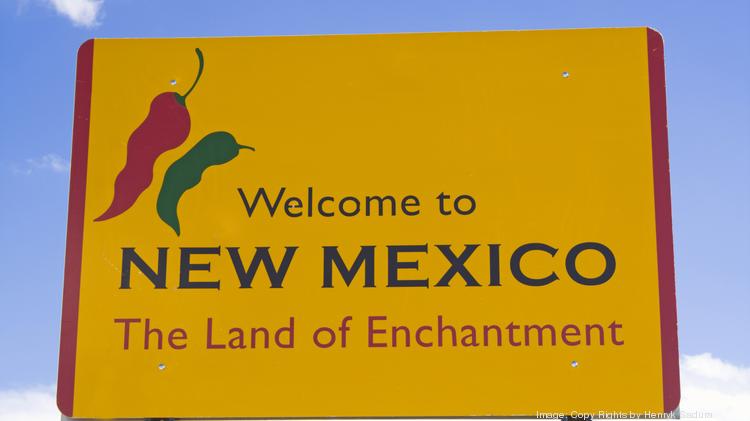
By Juliana Vadnais, Digital Producer for Albuquerque Business First:
Public policy organization New Mexico First recently released its statewide progress report of how the state is doing in a number of indicators. The report measures policy failures and successes, drawing on over 25 years of citizen recommendations and ideas to make the report unique.
The advisory committee selected 35 indicators to look at to determine the state of the state. The report found 15 measures that New Mexico is making progress in, 12 that are holding steady and seven measures that are worsening.
“New Mexico is changing, and, in many ways for the better," president of New Mexico First Heather Balas said in a statement. "However, we still have much work to do in all major areas addressed by this report including education, health, economy and water.”
When it comes to education, there are good indicators and bad. The state graduation rate, according to the policy, is holding steady — not necessarily making much progress, but not getting worse. As previously reported, the graduation rate in New Mexico has increased over the last few years, rising from 63 percent in 2011 to 70 percent in 2013. The progress report states that the rate held fairly steady at 69 percent in 2014.
Pre-kindergarten enrollment, while expensive, has increased, with the report saying roughly 40 percent of all 3- and 4-year-olds in the state are enrolled in some form of preschool, including child care, Head Start and New Mexico PreK, with 27 percent in state-funded programs.
When it comes to health care, the state has seen many improvements, including the number of residents with health insurance coverage, a progression the report attributes in part to the Affordable Care Act. Heart disease deaths and the number of smokers have gone down and the number of children current on their vaccinations went up.
On the flipside, diabetes and substance abuse deaths have not improved and child hunger is still a problem. The report also notes that mental health care access is very low, with only 25 percent of need met.











Comments